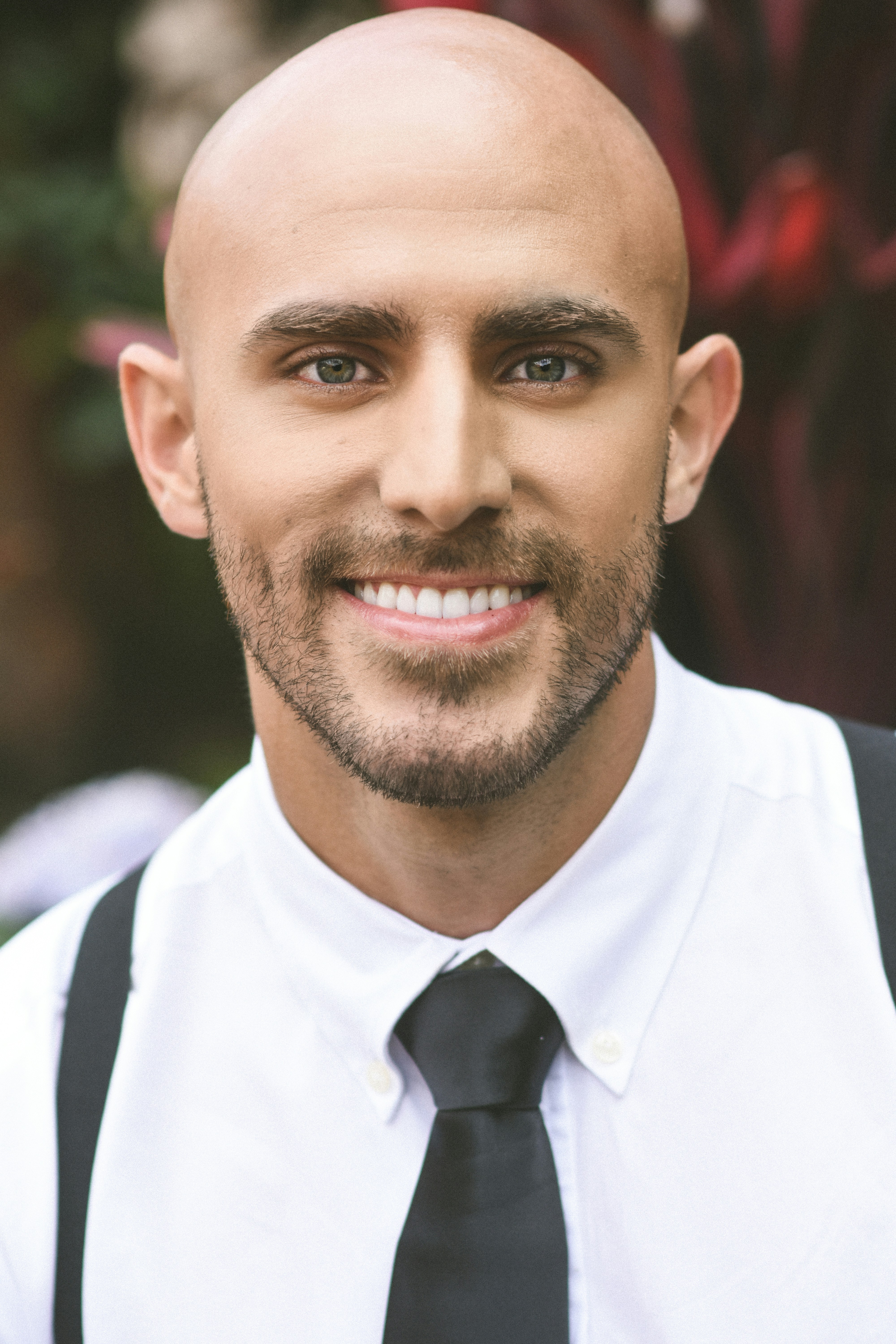Circadian Rhythm Disruptions Linked to Health Issues
New research indicates that misaligned body clocks may pose greater health risks than previously understood.
Friday, May 2, 2025
A growing body of research underscores the profound health consequences of circadian rhythm misalignment, with recent studies revealing that disruptions to the body’s internal clock may contribute to a wider array of chronic diseases than previously recognized. From metabolic disorders to neurodegenerative conditions, scientists warn that modern lifestyles—marked by artificial light, erratic sleep schedules, and shift work—are exacerbating risks, prompting urgent calls for public health interventions.
Key Findings from Recent Studies
Metabolic and Cardiovascular Risks:
A Cell Metabolism study found that mice with disrupted circadian rhythms developed insulin resistance and obesity 30% faster than controls, even with identical diets.
Human trials linked night-shift work to a 40% higher risk of coronary artery disease, driven by disrupted cortisol and melatonin cycles.
Mental Health Impacts:
Research in Nature Mental Health associated irregular sleep-wake cycles with a 50% increased risk of depression and 35% higher anxiety rates, particularly in adolescents exposed to late-night screen use.
Cancer Connections:
A Journal of the National Cancer Institute analysis of 50,000 nurses revealed night-shift workers faced a 25% higher breast cancer risk, tied to suppressed melatonin (a tumor suppressor).
Cognitive Decline:
A 2023 Science study showed that circadian misalignment in older adults accelerated amyloid-beta plaque buildup, a hallmark of Alzheimer’s, by disrupting glymphatic system activity during sleep.
Mechanisms of Harm
The circadian clock, governed by the brain’s suprachiasmatic nucleus (SCN), regulates gene expression in nearly every tissue. Disruptions impair:
Hormone Regulation: Altered cortisol (stress) and leptin (satiety) levels drive weight gain and inflammation.
Cellular Repair: Nighttime DNA repair mechanisms falter, increasing mutation risks.
Immune Function: Rhythmic T-cell activity diminishes, weakening pathogen defense.
Modern Drivers of Disruption
Artificial Light: Blue light from screens suppresses melatonin by 50%, delaying sleep onset.
Shift Work: 15% of the global workforce (e.g., healthcare, logistics) faces chronic circadian misalignment.
Social Jet Lag: Weekend vs. weekday sleep variance ≥2 hours raises diabetes risk by 72% (Munich Chronotype Study).
Implications for Public Health
Workplace Reforms:
Advocates push for laws limiting night shifts and mandating “circadian-friendly” lighting in hospitals and factories.
France’s 2017 “right to disconnect” law, which bans after-hours work emails, reduced employee burnout by 35%.
Medical Guidelines:
The American Academy of Sleep Medicine now recommends circadian rhythm assessments for patients with obesity or diabetes.
Hospitals are adopting “chronotherapy,” timing chemotherapy or medication doses to align with patients’ internal clocks.
Tech Innovations:
Wearables like the Fitbit Circadian Score analyze sleep patterns to predict metabolic risks.
Smart lighting systems (e.g., Philips Hue) adjust home environments to reinforce natural rhythms.
Emerging Solutions
Melatonin Supplements: Now explored for metabolic syndrome, though risks of overuse remain.
Time-Restricted Eating: Limiting meals to a 10-hour window improved glucose tolerance by 30% in prediabetic patients (Salk Institute trial).
Circadian Gene Therapy: Preclinical CRISPR edits to “clock genes” (e.g., CLOCK, BMAL1) show promise in restoring rhythms in animal models.
Expert Reactions
Dr. Satchin Panda (Salk Institute): “We’ve underestimated how circadian health underpins every aspect of biology. Fixing sleep isn’t enough—it’s about aligning all daily rhythms.”
Dr. Phyllis Zee (Northwestern Medicine): “Climate change and light pollution are creating a ‘circadian crisis.’ This isn’t just individual choice—it’s structural.”
Shift Worker Advocacy Groups: Demand hazard pay for night shifts, citing parallels to OSHA’s 1980s asbestos regulations.
Global Trends
EU: Proposed mandates for schools to start after 8:30 AM to align with teen circadian biology.
Japan: “Sleep stations” in offices offer nap pods with melatonin-boosting lighting.
UN Report: Links circadian disruption to rising global rates of chronic disease, urging WHO action.
Conclusion
Circadian rhythm science is no longer confined to sleep labs—it’s a cornerstone of preventive medicine. As research exposes the cascading effects of misalignment, the message is clear: aligning daily habits with our biological clocks isn’t a luxury but a necessity for long-term health. Policymakers, employers, and individuals must prioritize circadian hygiene to mitigate what experts now term “the silent epidemic of internal desynchronization.”




